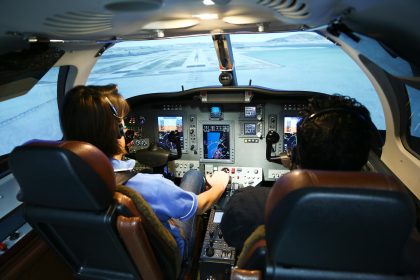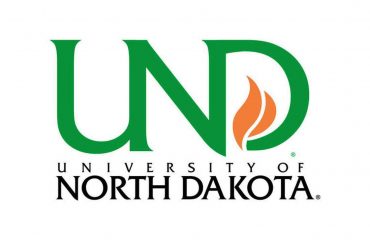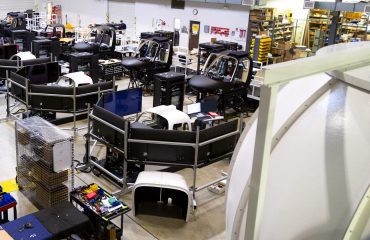
There are two main factors to consider when selecting a flight simulator. The first should always be how accurately the flight simulator emulates the actual aircraft your student flies.
The “Law of Primacy’ dictates that the information and skills a student learns first creates the strongest impressions, making them difficult to change in the future. When learning something for the first time, our brains process on a higher level, which results in more effectively stored information in long‐term memory. It has been proven that in emergency situations, we revert back to how we first learned to execute a task. When pilots are initially trained it’s difficult to change bad habits and ensure the correct habits become second nature., The importance of teaching tasks and skills correctly from day one is paramount. Flight schools can set their students up for success by ensuring accurate training in a simulator where transfer of skills is second nature. When trained in a realistic simulator that is similar to the aircraft they fly, students avoid mistakes that can lead to accidents. Instead, they will instinctively perform the correct actions leading to a successful and safe outcome.
The engineers at Frasca design simulators with the Law of Primacy in mind. Our high‐quality, accurate flight models are meticulously designed to feel, look, and operate like the aircraft they emulate to ensure deep retention of correct training from the very first lesson. Flight controls, fully integrated aircraft systems, and onboard equipment are located in the same places they’d be found in the aircraft, and each responds the same as their aircraft counterparts.
This focus on realistic detail is especially evident in our Reconfigurable Training Device (RTD). In addition to standard instrumentation, the RTD includes the Garmin G1000 and actual Garmin G1000 software that operates and functions identical to the aircraft. We have also included accurate flight modeling based on actual flight test data. Thanks to the realistic experiences in the simulator, students beginning training in the Frasca RTD reduce the aircraft flight training hours they need to properly demonstrate skills.
The second consideration when choosing a simulator is the device’s durability. A simulator is an investment with considerable low overhead compared to an aircraft. Unaffected by weather conditions or the price of fuel, it can effectively operate 24/7 in the busiest flight schools. Given this potential, how will it stand up to constant use, and sometimes abuse, from student pilots and instructors?
Flight schools should consider both acquisition (up‐front) costs in the short‐term and total ownership (life‐cycle) costs in the long‐term. It is important to evaluate flight simulators for overall best value, quality, and long‐term cost, not simply on the upfront price. A seemingly less expensive simulator may cost more over the long term, while a higher purchase price may lead to savings down the road. Additional long‐term costs to evaluate include longer downtime as a result of breakage and waiting on parts, decreased revenue due to unscheduled maintenance time, increased labor costs to repair the flight simulator, decreased useful life if the vendor goes out of business, and lower employee and customer morale of utilizing an inferior and ineffective simulator.



